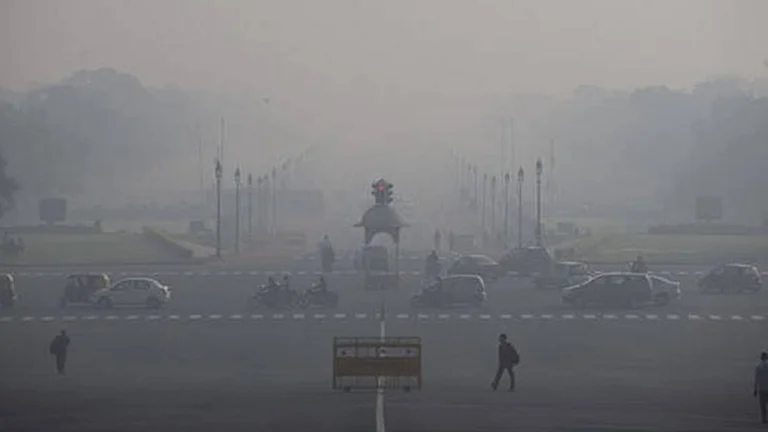When we think of iconic movie costumes, certain images rush to mind with lightning speed—the billowing white dress of Marilyn Monroe or Dorothy’s pinafore-and-ruby-slipper combo. These are the showstoppers, the attention-grabbers.
Yet, nestled among them are costumes that work their magic more subtly, everyday clothes that whisper volumes about the characters who wear them. While flashy projects often steal the spotlight at award ceremonies like the Oscars, it’s important to recognize that all costumes play a vital role in the power of movies.
Talking about Oscars 2024, Holly Waddington clinched the Oscar for Best Costume Design for her work in Yorgos Lanthimos' film "Poor Things," featuring Emma Stone in the lead role.
Competing against her were Jacqueline Durran for "Barbie," Jacqueline West for "Killers of the Flower Moon," Janty Yates and Dave Crossman for "Napoleon," and Ellen Mirojnick for "Oppenheimer."
The nominated movies for Best Costume Design brought forth a tapestry of richness and variety, each weaving a unique tale through its attire. Read on further to know more.
Poor Things (Costume Designer: Holly Waddington)
Yorgos Lanthimos' "Poor Things" embarks on a journey of whimsy, intellect, and emancipation, with Emma Stone's Bella Baxter at its helm. Holly Waddington's costumes emerge as the pièce de résistance, blending Victorian elegance with surreal imagination.
From diaphanous christening gowns to towering leg-of-mutton sleeves, each garment mirrors Bella's evolution from innocence to autonomy. Waddington's designs transcend mere attire, becoming portals to a realm where fantasy and reality intertwine.
Through her artistry, she not only dresses characters but elevates them to mythical heights, leaving an indelible mark on cinematic history.
Barbie (Costume Designer: Jacqueline Durran)
In Greta Gerwig's whimsical ode to Barbie, Jacqueline Durran unleashes a symphony of colour, nostalgia, and unabashed joy. Embracing Barbie's iconic fashion legacy, Durran infuses each ensemble with playful whimsy, from pink gingham sundresses to psychedelic jumpsuits.
Yet, beneath the surface, her designs carry a profound message of empowerment, capturing the essence of Barbie's enduring appeal. Through oversized accessories and meticulous detailing, Durran transforms mere costumes into embodiments of dreams and aspirations, celebrating the unbridled spirit of womanhood.
Oppenheimer (Costume Designer: Ellen Mirojnick)
Ellen Mirojnick's masterstroke in Christopher Nolan's "Oppenheimer" lies in her meticulous portrayal of J. Robert Oppenheimer's evolution through attire.
From the soft textures of his early days to the brooding hues of his later years, each garment reflects the character's journey, his inner turmoil woven into the fabric.
With every stitch, Mirojnick encapsulates the essence of Oppenheimer, rendering him not just a character but a symbol of his time, standing at the precipice of history.
Killers of the Flower Moon (Costume Designer: Jacqueline West)
Martin Scorsese's immersion into the haunting narrative of the Osage murders demands costumes that transcend mere attire, becoming vessels of historical storytelling.
Jacqueline West rises to the challenge, meticulously crafting each garment from scratch, guided by Osage heritage. From traditional wedding attire to everyday wear, every piece speaks volumes, offering insight into a culture on the brink of upheaval.
West's costumes not only adorn characters but serve as conduits of cultural preservation, bridging the past with the present.
Napoleon (Costume Designers: Janty Yates and David Crossman)
Ridley Scott's historical epic bursts forth with audacious energy, albeit polarizing opinions. Amidst the grandeur, the costumes stand as beacons of brilliance.
Janty Yates and David Crossman masterfully recreate the opulence of Napoleon's era, from Josephine's revolutionary empire dresses to the intricately embroidered military uniforms.
Each garment, meticulously crafted with historical accuracy, breathes life into the era, transporting audiences to a bygone time with palpable authenticity.



























